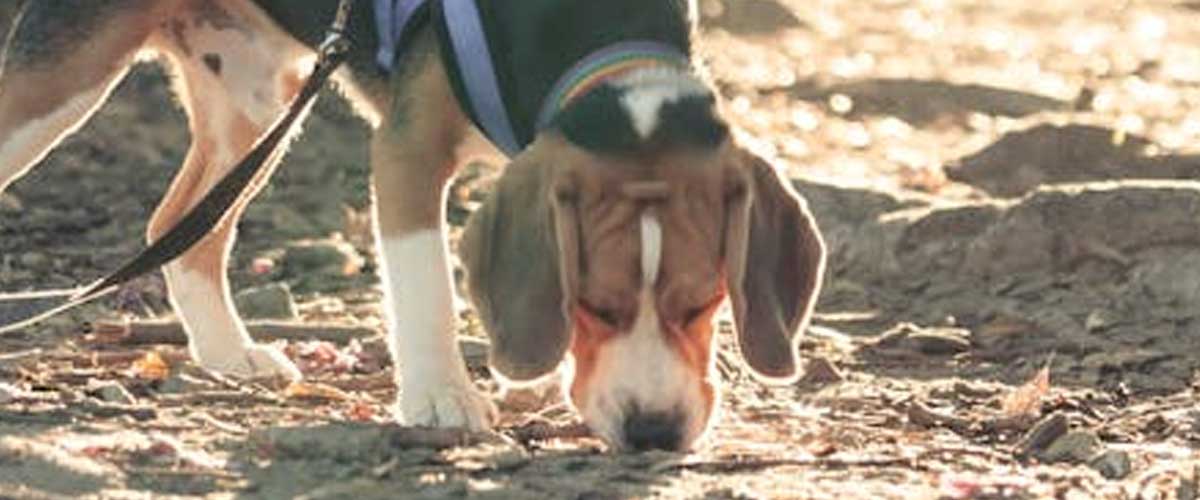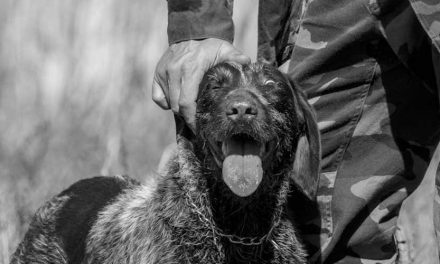Search and rescue (SAR) dogs have earned a revered place in the realm of emergency response, becoming indispensable partners in saving lives.
These remarkable canines are trained to find missing persons and assist in disaster scenarios, showcasing an extraordinary bond between humans and dogs tailored for a common goal: to save lives.
What Are Search and Rescue Dogs?
Search and rescue dogs are specially trained canines that assist firefighters, police, and other emergency personnel in locating missing individuals.
They are employed in a variety of scenarios, including natural disasters like earthquakes and floods, urban searches, wilderness tracking, and even in scenarios involving collapsed structures during building failures.
Types of Search and Rescue Dogs
1. Air Scenting Dogs:
These dogs detect the scent of humans in the air and locate subjects based on their odor.
They can cover large areas and are often used in wilderness searches.
2. Trailing Dogs:
Trailing dogs follow a specific scent trail left on the ground by a person.
They require a starting sample, such as a piece of clothing, to get a strong scent reference.
3. Cadaver Dogs:
Trained to locate decomposing human remains, cadaver dogs are crucial in criminal investigations and disaster scenarios where recovery is necessary.
4. Water Rescue Dogs:
These canines are trained to perform rescues in water-based situations, assisting in locating drowning victims or lost individuals along coastlines and rivers.
5. Disaster Search Dogs:
These dogs are trained to locate individuals trapped under rubble in the aftermath of buildings collapsing due to natural disasters or accidents.
Training and Preparation
The training regimen for search and rescue dogs is rigorous and requires more than just scent recognition skills.
These dogs undergo thorough training programs involving:
Basic Obedience:
Before any specialized training begins, dogs must consistently obey commands to ensure they can work effectively with handlers in high-stress environments.
Scent Discrimination:
Dogs learn to identify specific human scents among competing odors, which is critical for successful searches.
Search Techniques:
Depending on the type of SAR work, dogs are taught different search methods suited to their role, whether it be air scenting, trailing, or working in disaster scenarios.
Physical Conditioning:
To handle rugged terrains or demanding conditions, dogs are kept in top physical shape through regular exercise and activities.
Handler training is just as crucial.
Handlers must learn to read their dog’s cues, navigate diverse environments, and coordinate effectively with other rescue team members.
Impact and Success Stories
The stories of success involving SAR dogs are numerous and can be heartwarming.
During disasters like the 9/11 attacks, canine teams played a crucial role in locating survivors amidst the rubble of the World Trade Center, exemplifying the strength of this partnership between dogs and humans.
One of the most touching stories involves a SAR dog named Hawkeye, who helped find a missing child in a dense forest after an extensive three-day search.
Thanks to Hawkeye’s tenacity and skill, the child was found safe, demonstrating how heroically these dogs can perform in critical situations.
The Future of Search and Rescue Dogs
As technology advances in tracking and searching techniques, the role of search and rescue dogs remains vital.
While drones and other high-tech equipment have become valuable tools, nothing can replace the instinct and intuition of a trained SAR dog.
Research and continual training methods are focusing on enhancing the capabilities of these extraordinary canines, ensuring they remain at the forefront of search and rescue efforts.
Conclusion
Search and rescue dogs are not just animals; they are heroes dedicated to saving lives.
Their unmatched skills, loyalty, and ability to work in tandem with humans highlight the incredible potential of this partnership.
With love, training, and dedication, these remarkable dogs continue to embody hope in the most challenging situations, reminding us of the profound bond that can exist between humans and their canine companions.









